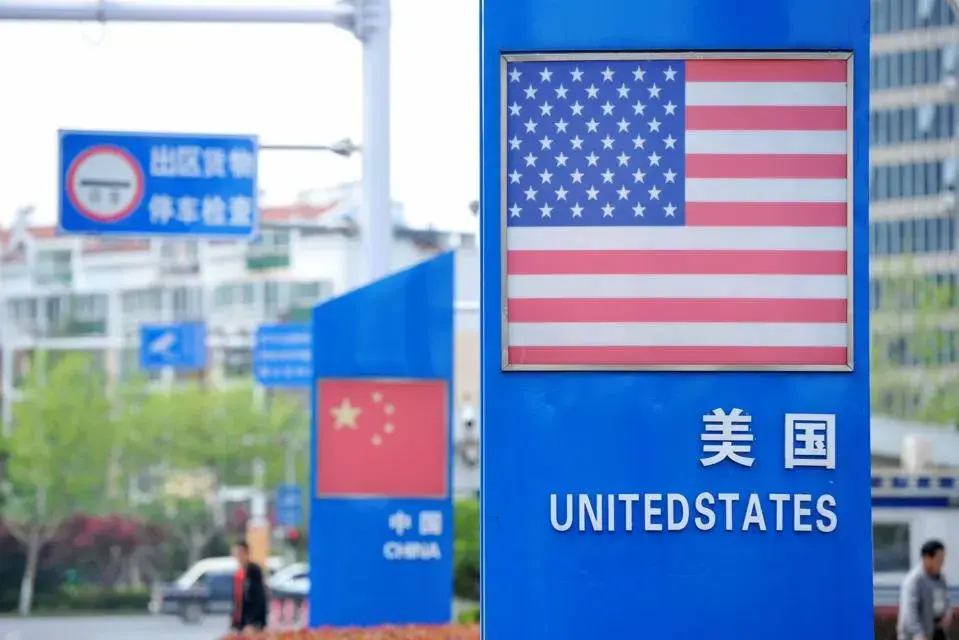In recent years, the global economy has witnessed significant shifts, and one of the most notable developments is the U.S.'s pivot towards industrial policy—a strategy long championed by China. The parallels between the two superpowers are striking, and it seems that the U.S. may be taking a page from China's economic playbook as it seeks to protect and bolster its technological and economic leadership.
America’s Embrace of Industrial Policy
Historically, the U.S. has emphasized free markets as the primary driver of trade and innovation. However, the emergence of "Bidenomics" marks a significant shift towards protecting America's technological edge and encouraging onshore production. The Biden administration has identified several "must-win" industries, including critical minerals, electric vehicle batteries, semiconductors, and artificial intelligence, as essential to the nation's prosperity.
Commerce Secretary Gina Raimondo, a former venture capitalist, underscored this approach by highlighting the massive investments already being made in America’s innovation sector. In 2022 alone, $240 billion in venture capital was funneled into this area. However, the administration has sought to complement private investments with public funding, as seen in two key legislative initiatives: the CHIPS and Science Act and the Inflation Reduction Act.
The CHIPS and Science Act, signed into law in August 2022, allocates $280 billion over five years to support research and manufacturing in critical areas like semiconductors and advanced computing. Meanwhile, the Inflation Reduction Act, also enacted in August 2022, offers an estimated $394 billion in tax incentives to accelerate the transition to clean energy, spurring a "green gold rush" across the nation.
Simultaneously, the U.S. has moved to restrict China’s access to advanced technologies crucial for maintaining its global edge. In October 2022, the Biden administration imposed bans on the export of advanced GPUs and other semiconductor components to China, aiming to stymie China’s ambitions in AI and supercomputing.
Echoes of China’s Industrial Strategy
These U.S. policies bear a resemblance to China’s "Made in China 2025" initiative, which sought to achieve self-sufficiency in advanced technologies and reduce dependence on foreign suppliers. China has long invested heavily in sectors it views as critical to its economic future, directing substantial funds towards industrial subsidies, R&D, and infrastructure development.
China’s success in certain sectors, like electric vehicles (EVs) and solar energy, underscores the potential effectiveness of such a strategy. For example, China now dominates the global EV battery market, controlling 60% of supply, and has become the world leader in solar panel manufacturing. These achievements have been driven by significant government support and the scale of China’s domestic market, allowing Chinese companies to achieve global competitiveness.
However, China’s industrial policy operates within a planned economy framework, with a vast bureaucracy dedicated to implementing these strategies. This level of government involvement has allowed China to achieve rapid advancements in certain industries but has also led to inefficiencies and challenges, particularly as the country’s economy matures.
Lessons for America
As the U.S. embarks on its own industrial policy journey, there are several key lessons it can learn from China’s experience:
- Avoid Picking Winners: One of the critical factors in China’s success in industries like solar and EVs was the intense competition among multiple companies. This competition forced Chinese firms to meet global standards and innovate continuously. Similarly, the U.S. should avoid over-concentrating resources on specific companies or technologies, allowing market forces to drive innovation and success.
- Recognize the Limits of Government Intervention: Selecting the right technologies to invest in becomes increasingly difficult as industries approach the cutting edge. Government officials may lack the expertise to make these decisions, and it is often better to focus on broad investments in fundamental research rather than trying to pick winners in emerging fields.
- Play to Strengths: The U.S. has unique advantages, including world-leading universities, a vibrant tech sector, and a free and open society that attracts top global talent. By leveraging these strengths, the U.S. can foster innovation and maintain its technological leadership.
- Move Beyond Zero-Sum Thinking: A more inclusive approach to industrial policy would seek to create multiple winners globally, rather than focusing solely on U.S. dominance. Collaborating with allies and maintaining open trade relationships can help expand the overall economic pie and ensure long-term growth.
The Path Forward
As the U.S. charts its economic course, it must balance the desire to protect its technological and economic interests with the need to remain engaged in the global economy. China’s experience shows that industrial policy can be a powerful tool, but it also highlights the risks of overreliance on government intervention.
Ultimately, the U.S. should aim to design an industrial policy that fosters innovation, encourages competition, and leverages its inherent strengths. By doing so, America can continue to lead in the global economy while avoiding the pitfalls of isolationism and zero-sum thinking. Both the U.S. and China have much to learn from each other as they navigate the complex landscape of the 21st-century economy.













